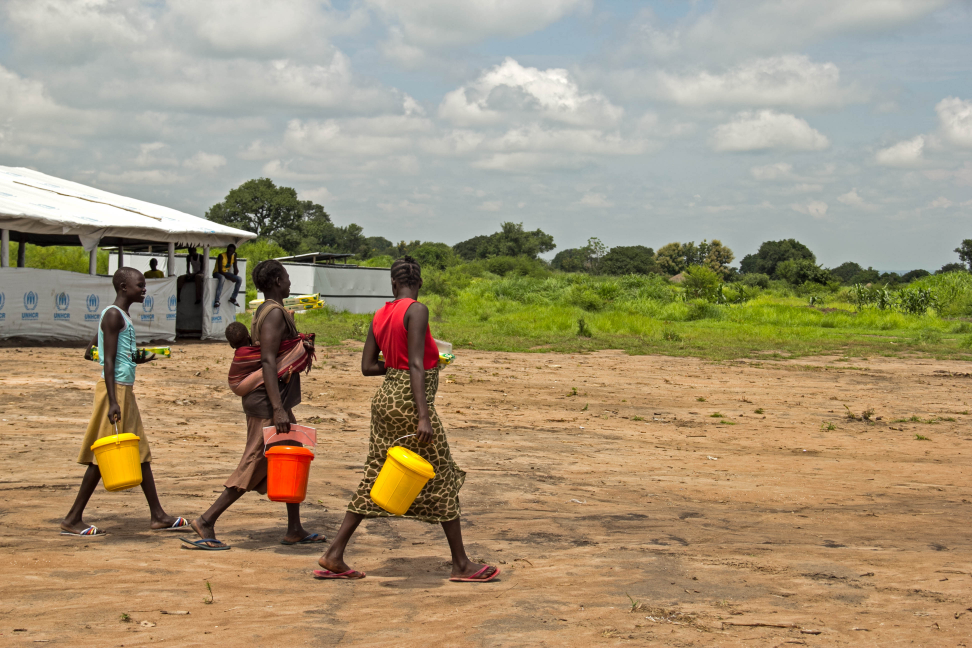Much was accomplished but there's unfinished business in implementing voice-enabled ICTs for emergency communication

Summary of the VoiceICT4D project outcomes
- LIRNEasia, through a stakeholder forum, advocated the Sri Lanka Disaster Management Center (DMC) to move towards a multi-agency situational-awareness platform by creating a register of alerting authorities and then sharing it's call center and Interactive Voice Response (IVR) system resources for emergency communication.
- The “Do you Hear Me” video, communicating the need for voice-enabled Information Communication Technologies (ICTs), to empower community-based emergency coordination, was visited by 496 viewers, of which 48 or them shared their knowledge on the subject. UNISDR debut film festival on DRR, selected our video as as one of the best three in the category of “best human interest story”
- Peer-reviewed scientific articles presented the realization study evidence emphasizing the practical technical instabilities and deficits in those technologies. The message was news to most researchers and practitioners. IVR-based solutions are gradually gaining momentum.
Please click here to read full report.
What next? A common consensus by various stakeholders are that the Freedom Fone IVR and Sahana disaster management system integration must be completed. The integration would serve non-latin scripting language and lesser computer literate communities. Moreover, develop an off the shelf implementable comprehensive crisis management solution that can be integrated with main stream media or other emergency management organizations.
There are three broad emergency communication use cases that were discovered through the VoiceICT4D activities:
- a radio station would manage a missing persons registry comforting concerned citizens of who are missing and who were found
- citizen journalists would share risk information of incident reports to effectively coordinate and respond to those troubled situations
- community-based disaster management organizations would coordinate their rescue and relief efforts using interactive voice.
The VoiceICT4D project intends to seek resources to complete the integration, implement, and pilot the comprehensive end-to-end crisis management system. The pilot study would investigate the utility and robustness of such an implementation when applied to the three use cases above. Moreover, the pilot would consider implementing them in diverse environments to better understand the adaptability of the technology. VoiceICT4D would transition from the invention stage to an implementation stage; where the technology would be field tested to offer a stable solution to the global crisis management community.
Nuwan Waidyanatha
Stay updated
Sign up for our newsletter to receive regular updates on resources, news, and insights like this. Don’t miss out on important information that can help you stay informed and engaged.
Related articles
.png)


Explore Elrha
Learn more about our mission, the organisations we support, and the resources we provide to drive research and innovation in humanitarian response.